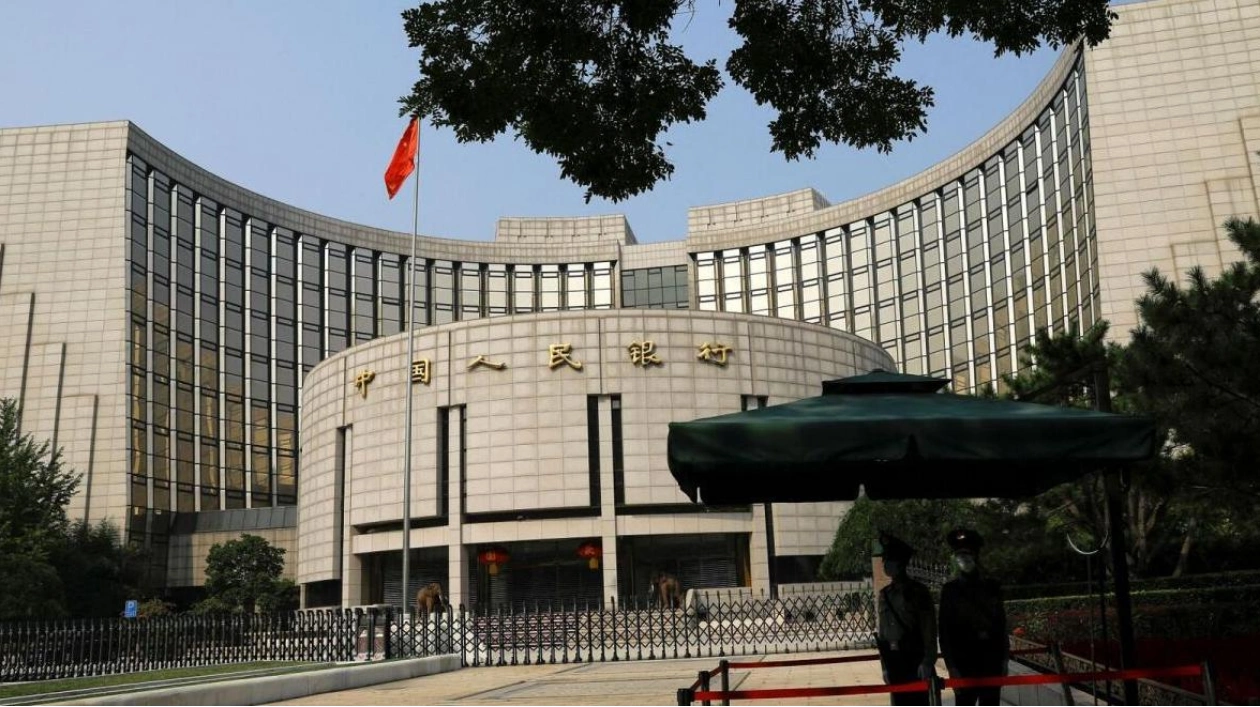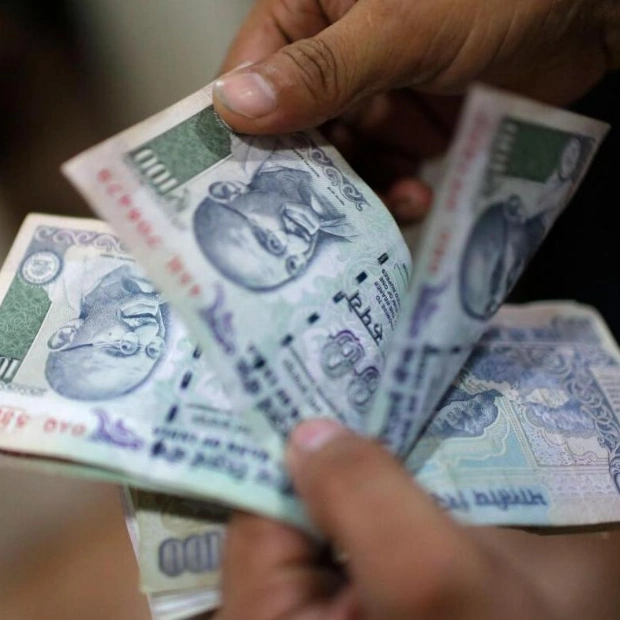A prolonged and intense rally in China's bond market has come to a halt, with prices declining and trading volume plummeting as investors retreat following increased intervention by Beijing to prevent yields from dropping further. On Friday, ten-year treasury futures were on track for their second consecutive weekly decline, marking the steepest two-week drop in nearly a year. This comes despite a series of poor economic indicators suggesting a slowing economy, which typically would lead to expectations of more policy easing and increased bond purchases in one of the world's largest government bond markets.
Exchange-traded bond funds in China experienced significant outflows over several days, coinciding with heavy selling by state banks. Media linked to the People's Bank of China reported that warnings against excessive buying were starting to have an effect. Some domestic wealth management products holding bonds also saw their values drop below net asset values. This market behavior indicates a readiness to confront regulatory pressures, especially with a slew of new bond issues anticipated in the coming weeks and months.
Julio Callegari, chief investment officer for Asia fixed income at JPMorgan Asset Management, described the current situation as a new phase of PBOC activity. He has been reducing his long position in Chinese government bonds for months, partly in response to the central bank's rhetoric aimed at tempering the rally, and in anticipation of several months of robust bond issuance. He noted that they are moving closer to a neutral position, with smaller long positions, anticipating that yields might eventually stabilize.
Long-dated bonds have been under scrutiny over the past two weeks, as China has highlighted the risks of an asset bubble and imposed restrictions on the duration of new bond funds, along with heightened scrutiny of bond transactions by brokers and banks. Ten-year yields rose nearly ten basis points from last week's record lows, while 30-year yields increased by 8 basis points to 2.383%. Yields increase as bond prices decrease. A week ago, the number of wealth management products whose market value fell below net asset value surged to 385, the highest since March 2023, according to Zheshang Securities.
On Thursday, only 30.9 billion yuan ($4.3 billion) worth of China's current 10-year note was traded interbank, compared to an average daily volume of 122 billion yuan last week. Zhao Jian, head of Atlantis Finance Research Institute, expressed confusion over the authorities' efforts to boost yields in a weak economy, suggesting that these measures could impair market functionality by discouraging trading, ultimately undermining its financing and investment purposes.
China's central bank governor, Pan Gongsheng, reiterated in an interview with state news agency Xinhua that the country will maintain a supportive monetary policy and ensure policy stability. China's bond rally, which has persisted for years due to economic challenges and a disappointing post-Covid recovery, has driven interest rates lower and bond prices higher. This has attracted households and led to new bank lending hitting 15-year lows, with idle bank capital flowing into bonds.
Authorities, concerned about a market bubble and the diversion of funds from productive uses, have taken countermeasures. Despite these efforts, the underlying forces driving the market have not weakened, leading to a deepening conflict between market participants and regulators. Bond supply remains a variable, as China has sold less than half of the planned 5.62 trillion yuan in local government and treasury bonds as of the end of July.
Ju Wang, head of greater China currency and rates strategy at BNP Paribas, observes that foreign investors attracted by high swap rates might seize the chance to realize profits and close positions. In a product disclosure, the wealth management unit of Bank of Hangzhou noted that China's weak economic recovery makes it more likely for yields to decrease rather than increase. However, the bank anticipates increased volatility due to already low yields and is preparing to capitalize on trading opportunities.






